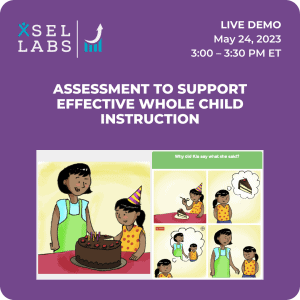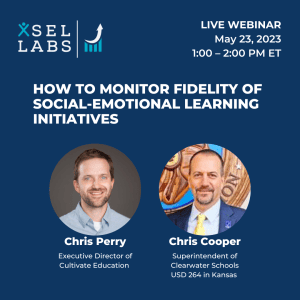Arthur Ashe and The Value of Assessment
When asked to describe his strategy for becoming successful, the late tennis great Arthur Ashe said, “Start where you are. Use what you have. Do what you can.”
Ashe’s formula for success is at the core of effective teaching. The best instruction meets students “where they are.” That means understanding a student’s current level of mastery, so the teacher knows where to begin. For example, it’s not helpful to teach single column addition to an advanced calculus student. Nor is it beneficial to teach trigonometry to a first grader working on multiplication. In neither case is instruction accounting for the student’s starting point—their current level of mastery.
How do educators know where to start with students? They use assessments in reading, math, and other content areas, ranging from informal observation to formative assessment to standardized tests. Assessments provide educators an estimate of a student’s current level of mastery so that they can provide instruction and content that is designed to help them achieve the next increment of mastery.
What does this have to do with SEL?
SEL Assessment Data to Guide Instruction
More than half of elementary school districts in the U.S. have adopted resources, often in the form of curriculum materials and instructional supports, designed to help children master the social and emotional learning skills we know are critical for success in school and life.
SEL programs usually have some form of scope and sequence, with ordered units and lessons differentiated by grade level. They are designed to teach a range of life skills, from self-awareness to responsible decision-making. In short, they are designed much like a reading or math curriculum, but the content focus is social and emotional learning skills.
But there’s a critical difference between SEL and reading and math.
When it comes to reading and math, there is a long, robust history of using assessment to guide instruction. In the world of SEL, this is less true. As a result, when an educator is teaching SEL skills, there are fewer tools available to know what skills to teach to whom at what point.
The xSEL Labs teams believe that high-quality social and emotional learning assessments should provide insights into students’ social and emotional strengths and needs and that those insights can, in turn, guide instruction.
We provide social and emotional competence and climate assessments to educators across the country, and in our work to support our education partners, we see the ways data from our assessment elevates educators’ understanding of their students and helps guide what they do.
This infographic provides an overview of why SEL data matters.

SEL Assessment Data in Action
And access to high-quality SEL assessment data really does make a difference. Today, I was speaking with a fifth-grade teacher whose students had completed SELweb, our direct assessment of social and emotional competencies. The data showed that her students, as a whole, had difficulty with social awareness—understanding others’ thoughts and feelings.
She used those results to guide her daily interactions with students. When disagreements, conflicts, or other forms of interpersonal drama arose, she asked students to articulate others’ thoughts, feelings, and perspectives as a step to coming to a resolution. She used classroom-level assessment results to identify specific skills and applied a straightforward approach to give her students a chance to improve that skill.
She is starting where she is (students need work on social awareness), using what she has (strong relationships with her students), and doing what she can (coaching students in the moment to understand each other’s thoughts and feelings).
Cue Arthur Ashe, quietly nodding his approval.
When educators wonder how to use their SEL resources to meet students “where they are,” what they need is high-quality SEL assessment data.
In a few weeks, this teacher will re-assess her students, and she will be able to see what kind of progress they have made in response to her efforts. Stay tuned!



